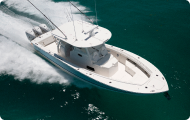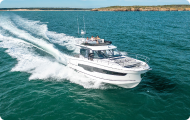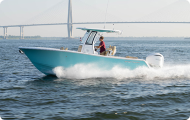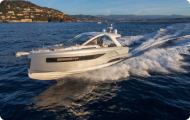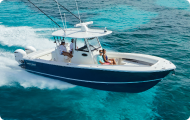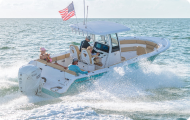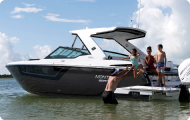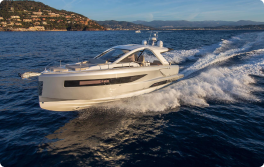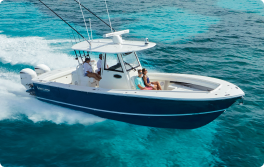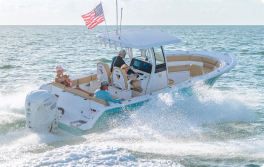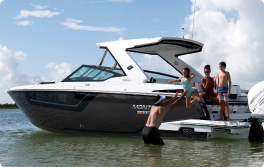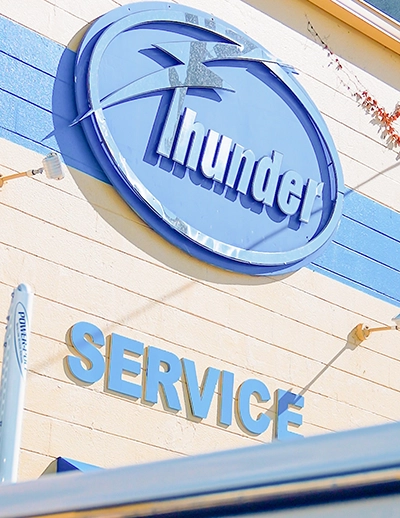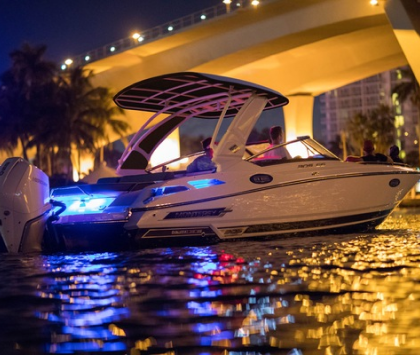Waterspouts are vertical funnels of rotating water droplets that extend from a cloud down to the ocean’s surface. They are often seen over bodies of water, such as oceans or lakes, and are commonly associated with thunderstorms and other convective weather systems.
In the Gulf Coast region, waterspouts are relatively common due to the warm, humid conditions that are present in the area. They can occur throughout the year, but are most common during the spring and fall months, when the Gulf waters are warmest.
Saltwater waterspouts in the Gulf Coast region can be dangerous for boaters and swimmers because they can cause strong winds and waves, and can sometimes move quickly and unpredictably. It is important for people on boats or in the water to keep a safe distance from any water spouts they see.
Waterspouts in the Gulf Coast can be divided into two types: fair-weather waterspouts and tornadic waterspouts. Fair-weather waterspouts are typically weaker and less dangerous, forming in warm and humid conditions when there is little wind. They often dissipate quickly and pose little threat to those in the surrounding area.
Tornadic waterspouts, on the other hand, are much more dangerous and can be as powerful as tornadoes on land. They are typically associated with severe thunderstorms and can form when a supercell thunderstorm moves over the water. These types of waterspouts can cause significant damage to boats and other structures in their path, and can also be deadly to swimmers.
In general, it is important for people in the Gulf Coast region to be aware of the potential for waterspouts, especially during the spring and fall months. By keeping an eye on weather reports and taking appropriate safety precautions, such as staying off the water during severe weather, people can help to minimize the risk of injury or damage caused by waterspouts.
What should you do if a waterspout suddenly pops up?
- Keep a safe distance: The first step is to try to keep a safe distance from the waterspout. Waterspouts can cause strong winds and waves, so you should stay at least a few hundred yards away from it if possible.
- Check the direction: Observe the direction of the waterspout’s movement to determine if it’s moving towards or away from you. If it’s moving away from you, you may be able to continue on your course at a safe distance. If it’s moving towards you, you’ll need to take evasive action.
- Turn off electronics: Turn off all electronics on board, including the radio and navigation equipment. Waterspouts can create electrical discharges, and you don’t want to risk any damage to your equipment.
- Head for shore: If the waterspout is moving towards you, the best course of action is to head for shore as quickly as possible. Try to move at a right angle to the path of the waterspout to minimize your exposure to its winds and waves.
- Take cover: If you are unable to reach shore before the waterspout reaches you, take cover in the lowest part of the boat, preferably in the cabin. Stay away from windows and hatches, and keep everyone in the boat calm and quiet.
- Call for help: If you are in distress, call for help on your VHF radio or cell phone. Provide your location and a description of your situation, and follow any instructions given to you by the Coast Guard or other emergency responders.
Remember that waterspouts can be dangerous and unpredictable, so it’s important to take appropriate precautions and stay informed about weather conditions when boating in the Gulf.
Article & Content written by Brittney Laroche, Thunder Marine 5/4/2023.


